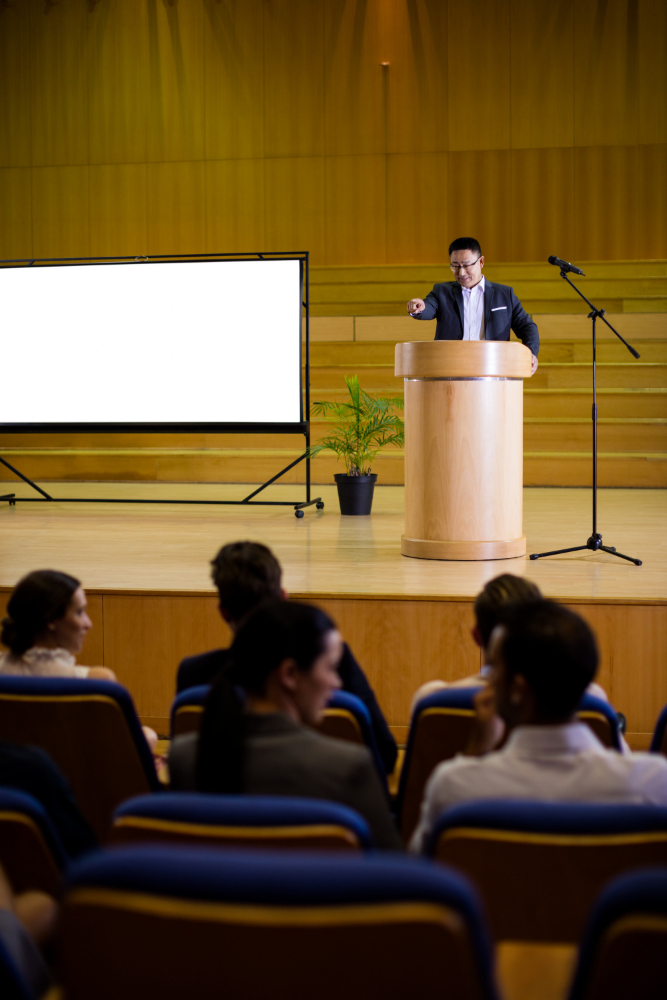
Hazy, Hot and Humid… Life before air conditioning
One summer when I was about 14, I stayed with a friend of mine who was babysitting overnight at a nearby home. What I did not know was that this home did not have any air conditioning. A typical Central PA sticky summer night caused me to drape over a love seat all night and get very little sleep from the discomfort.
Air temperature is so important to us that 48 percent of all energy consumption in American homes is a result of cooling and heating, according to the Energy Information Administration.Even I (who have a space heater on as I type this in July) appreciate the benefits of modern air conditioning.
A Little History
The idea of cooling the air started in the 1840s with a physician and inventor Dr. John Gorrie of Florida. Gorrie recognized the “evils of high temperature” in regards to diseases like malaria. While ice was his only option at the time, by the 1850s, he was experimenting with artificial means using a compressor.
It wasn’t until the early 1900s that true air conditioning began to be used in commercial buildings. The 1920s saw many patrons enjoying air conditioning at movie theatres. This led to the rise of the summer blockbuster.
The demand for residential options continued into the 1930s with the first window unit being introduced in 1932. It was very expensive, but prices continued to drop into the 1940s. By the 1960s, most new homes had central air conditioning and window units had become very affordable for the average homeowner.
Air conditioning is now in nearly 100 million American homes, representing 87 percent of all households, according to the Energy Information Administration. With less than 100 years of residential air conditioning, how did people manage without it?
Surviving the heat
There wasn’t one magic trick to living without air conditioning. Our ancestors tackled it from many angles, from house construction to lifestyle.
Houses were built differently than they are today. High ceilings allowed hot air to rise above the occupants of the home. Deep eaves and porches protected windows from the heat of the sun, and it was common to plant trees on the east and west sides of a house for additional shade. Rooms were designed with windows on opposite walls to allow for cross ventilation. Transom windows above doorways allowed for continual air flow while maintaining privacy.
Large porches were the centerpiece of life before air conditioning. Everyone would sit on the porch after supper, a practice that has almost disappeared. Sleeping porches or screened-in porches were also popular. My dad and aunt used to sleep out on the porch on hot summer nights.
Folks would also get creative, like hanging wet sheets indoor in front of a window. The breeze against the wet sheet provided a nice cooling effect.
My previous home was built in 2009 with no porches, no windows on the east or west side of the home and no large trees. My current home was built in 1941 with windows on every side, two large stone porches and a large maple tree. If the electricity goes out, I will stay far more comfortable in my old home because it was built to stay cool.
Could you live without air conditioning?




